Homegrown: The Raazer’s edge
Welcome to Homegrown—a new limited series about homebuilt cars and the ingenuity of their visionary creators. Know a car and builder that might fit the bill? Send us an email at tips@hagerty.com with the subject line HOMEGROWN. Read about more Homegrown creations here. —Ed.
Bill Papke, 76, is a retired architect residing in Ada, Michigan. Explaining what moved him to build a car at home, he notes, “I’ve always been fascinated by concept cars, especially wedge-shaped designs. I own a replica of the 1970 Bertone Stratos Zero and also a 1990 Vector W8, both of which excel in this design genre. When Elon Musk presented his Cybertruck, I realized that I could build my own wedge car defined by four flat planes. My goal was to make it look like it had been chiseled out of a solid chunk of aluminum.”
What lies beneath Papke’s Raazer is a Honda Beat, the last car design to be approved by Soichiro Honda, Japan’s Henry Ford.
Honda began by recycling small engines in a wooden shack located in Hamamatsu. In 1948, when war-torn Japan craved transportation of any kind, Honda started selling motorized bicycles. Barely a decade later, the first Honda dealership opened in America. Soon thereafter, Honda motorcycles outsold Triumphs in England and Harley-Davidsons in the states. Today, the globe’s grandest engine producer powers everything that moves, from lawn mowers to jet aircraft.
The Honda Beat was a mid-engine two-seater originally designed by Pininfarina for urban use. Known as kei cars, these machines were powered by engines whose displacements were limited to 660cc and whose output was capped at 63 horsepower. Two years ago, Papke found just the 1991 Beat he needed for sale on Bring a Trailer. He explains: “The Beat I purchased was in excellent shape with only 42,000 kilometers on its odometer. I chose that particular car because of its short wheelbase, seating locations, and convertible body style.”

The design process began with sketches, which were followed by a clay model. Papke adds, “Later I built several 1/24th scale models from my CAD drawings to match the dimensions of the Beat’s unibody chassis.
“The frame supporting my body panels is made of 1/8th-inch wall thickness aluminum extrusions cut to length on a compound miter saw. I hired a mobile welder to assemble those pieces. Another vendor used my CAD files to cut my body panels out of quarter-inch aluminum sheets with a waterjet. The flush-mounted frameless windows are 3/16-inch laminated automotive glass. The bodywork is fastened to the aluminum frame with epoxy and wrapped with titanium-colored vinyl sheeting. In addition to the $12,000 Honda Beat’s cost, I spent roughly $13,000 on materials.”

“The entire construction process took only a year. While Raazer has license plates for legal street use, I drive it only to car shows and exhibits. I’ve entered it in the sculpture category of ArtPrize, a competitive event that will occur this September in Grand Rapids, Michigan. The total prize money at stake in that event is $400,000.”
Asked what project will follow this car, which resembles one of the Great Pyramids of Giza, Papke replies: “Another wedge, of course! This time it will be an even simpler design with just three flat planes. Fewer than that is impossible. As your article’s title predicts, my next car will be called ‘Edge’.”
***
Check out the Hagerty Media homepage so you don’t miss a single story, or better yet, bookmark it. To get our best stories delivered right to your inbox, subscribe to our newsletters.
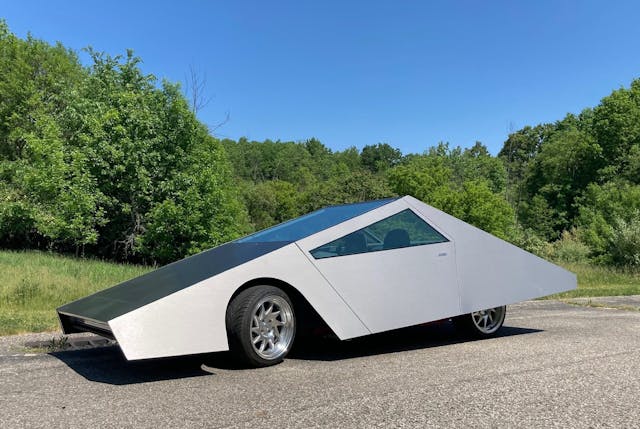
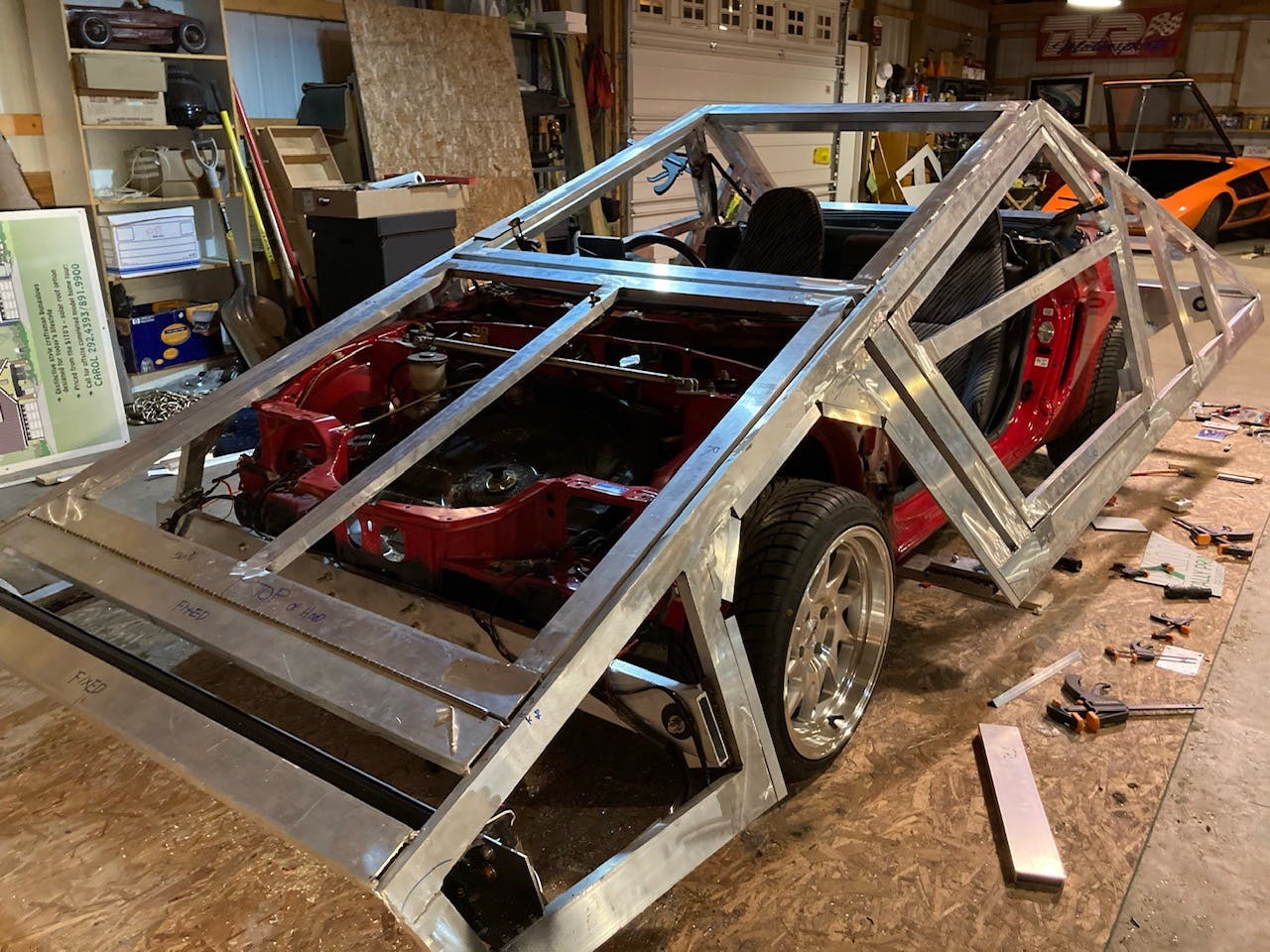
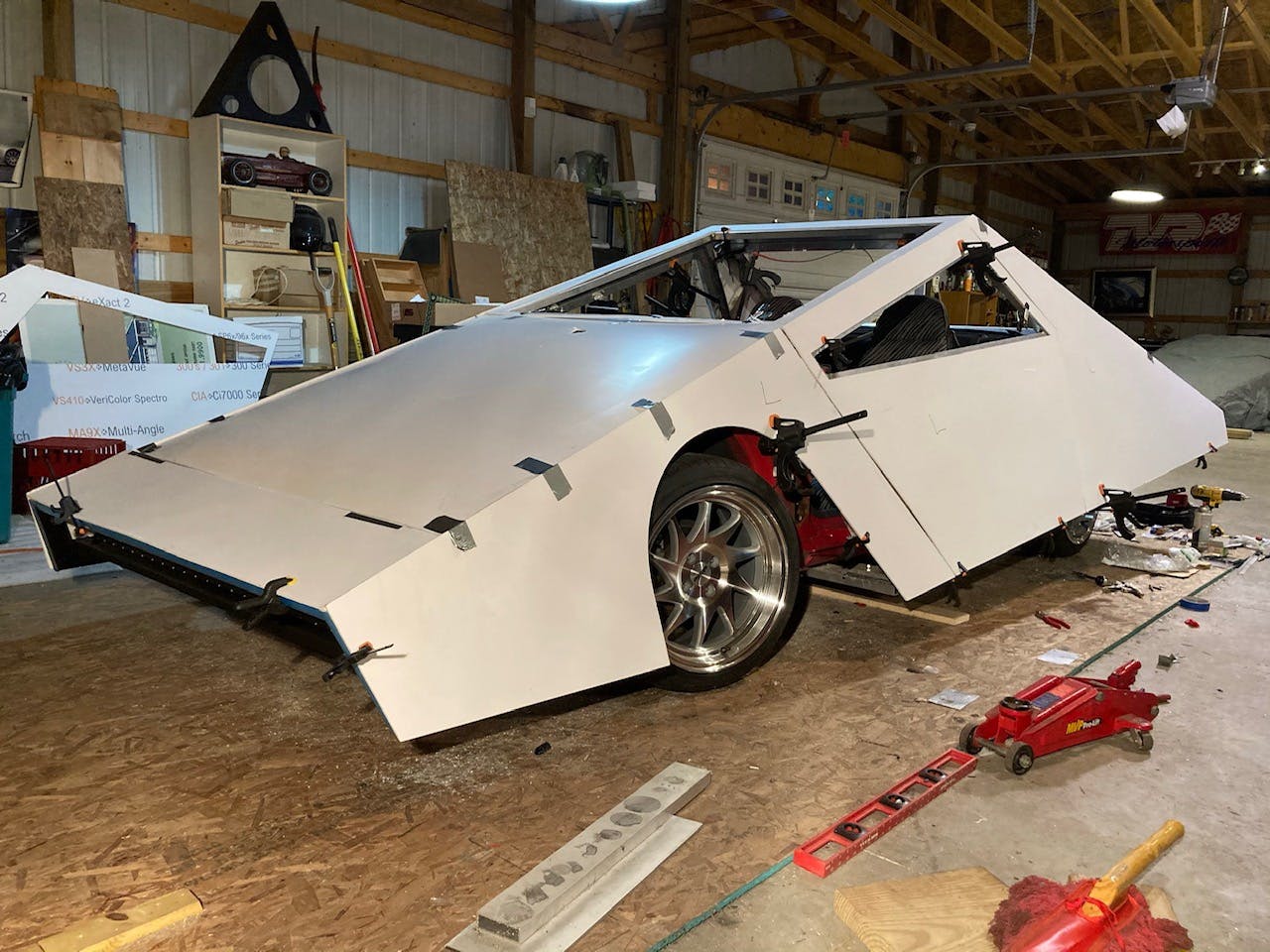
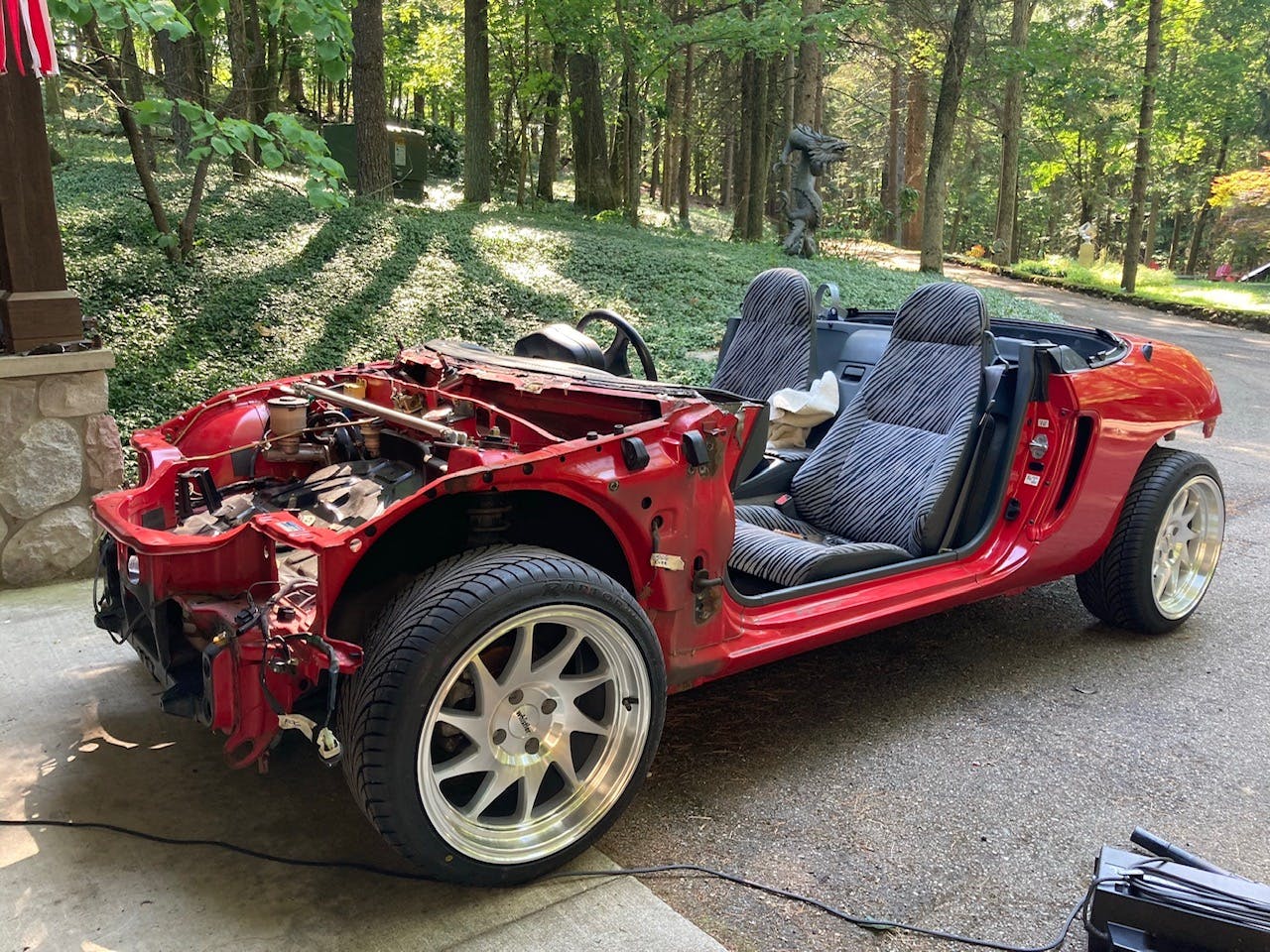

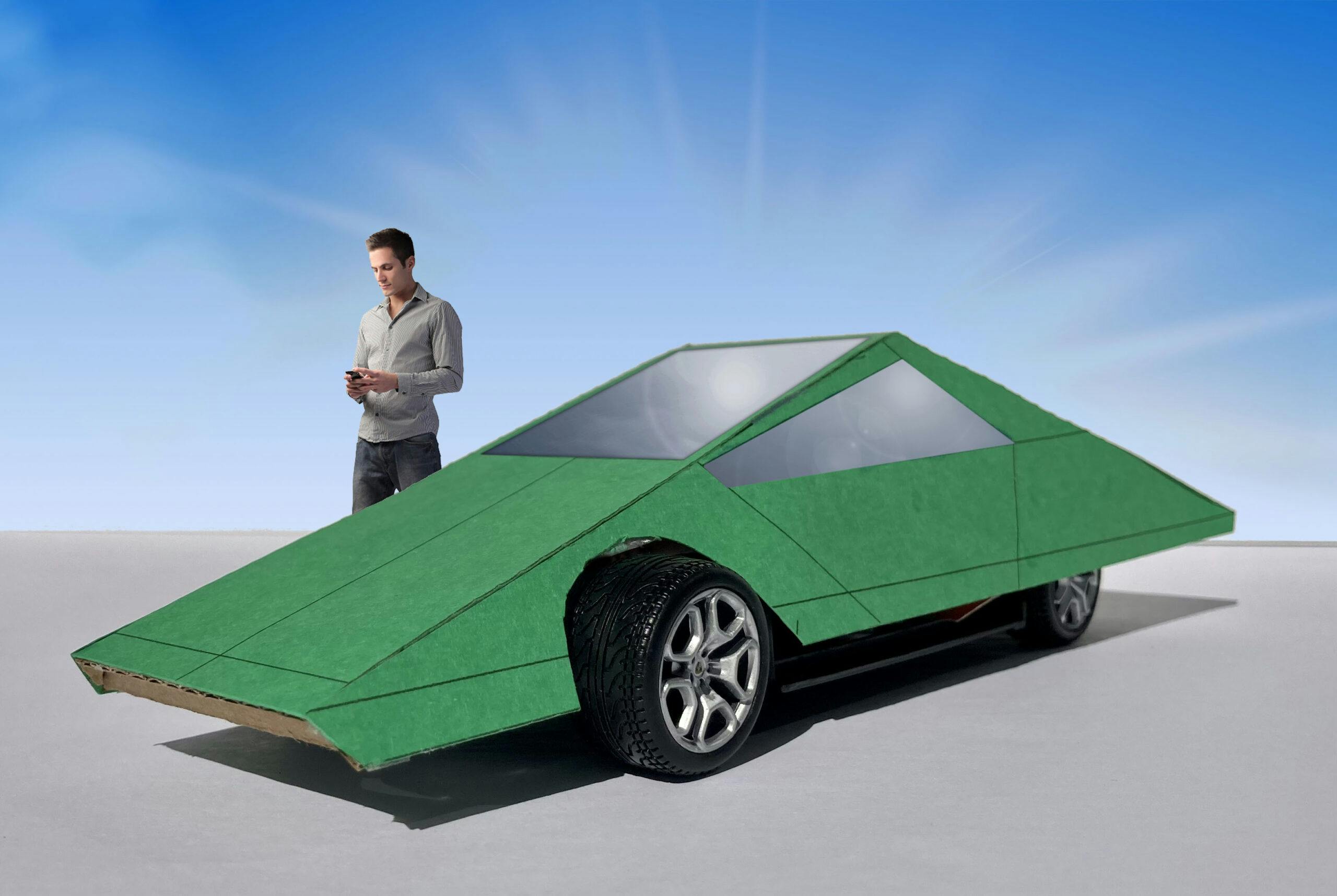

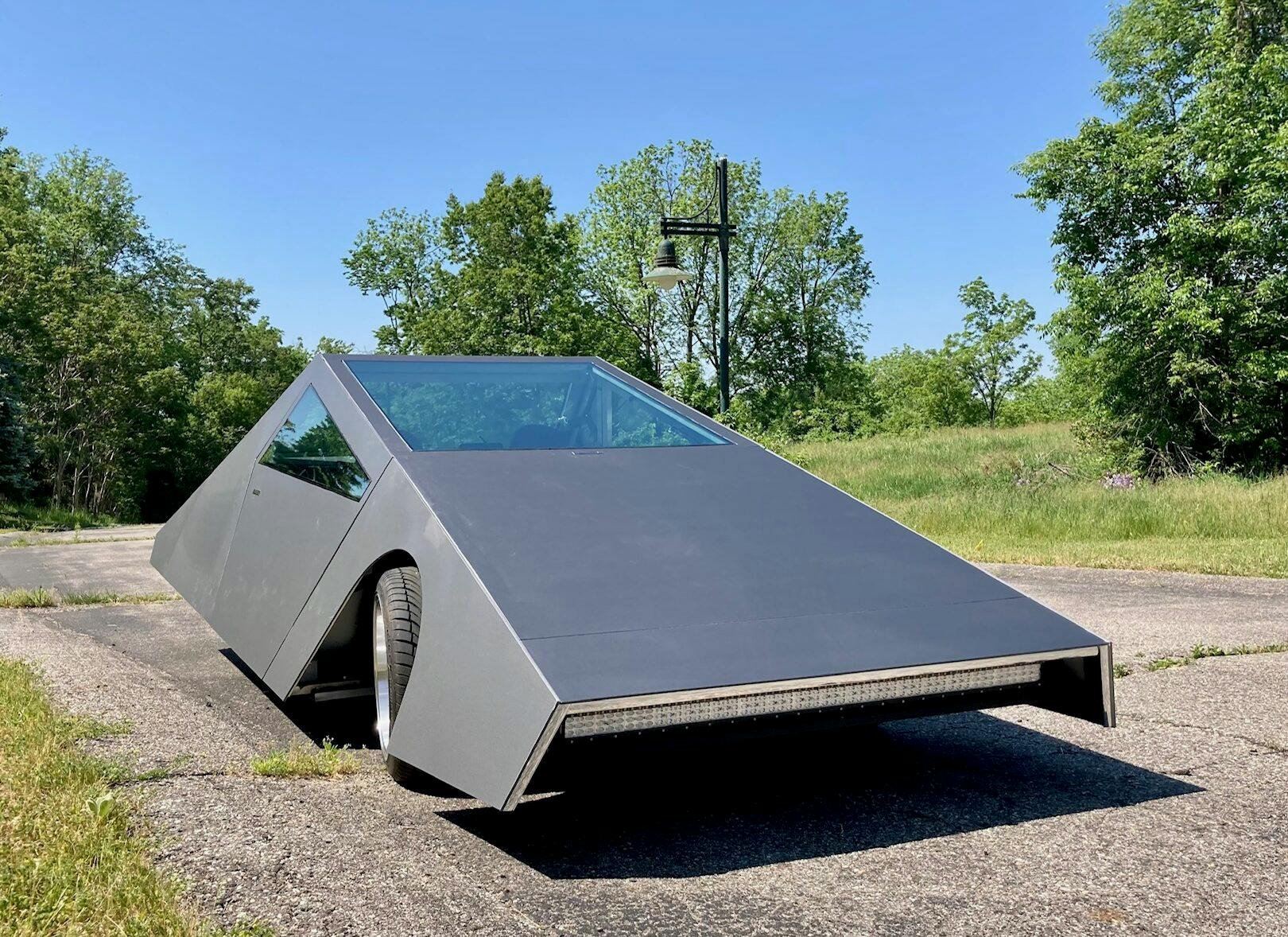



Most excellent work and I bet it is invisible to radar like a stealth fighter. Too bad it it is not capable of One Lap America speeds. Again well done.
Predictably not likely to find wide appeal but what an inspiration to all of us who can’t seem to finish up our mass produced classics.
I love it. Certainly has more style than the Cybertruck, of course the scale and proportions are working to his advantage. It’s a shame that a nice, clean Honda Beat had to die to make it, however.